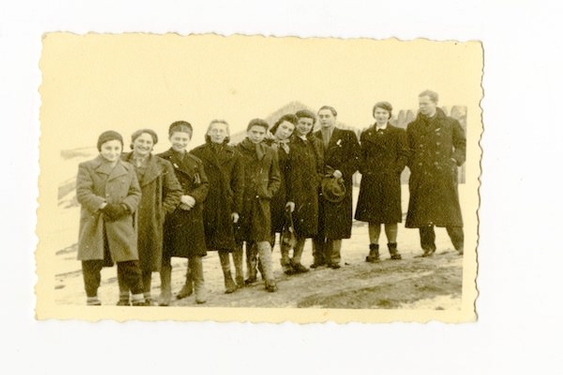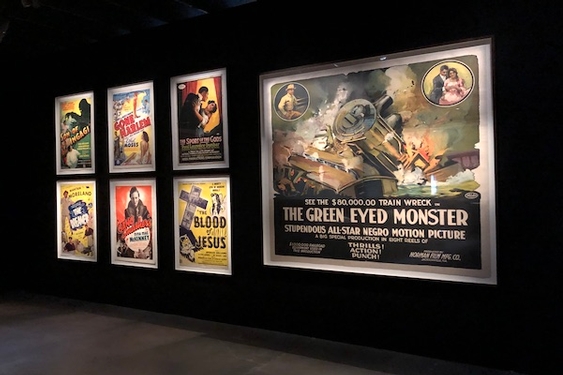The Getty Center is currently hosting an exhibit titled 'Tim Walker: Wonderful Things,' curated by Tim Walker himself. This exhibition serves as a profound lesson for individuals seeking inspiration in their lives to propel them towards educational, career, and personal growth goals. Walker, a professional photographer, discovered his passion for photography as a young boy, finding inspiration in antiques he discovered in his family's attic and photographing them.
Before attending college, Walker spent a year working in the Cecil Beaton Archive at the Conde Nast Library in London, which eventually led him to study photography at Exeter College of Art. After completing his studies in 1994, Walker embarked on his career as a freelance photographic assistant in London. Later, he relocated to New York City and had the opportunity to work with renowned fashion photographer Richard Avedon, whose work is currently exhibited at the Gagosian gallery in New York. Walker gradually established himself as a photographer, initially focusing on portraits and documentary work for British newspapers. His talent and dedication gained recognition, leading to his first fashion story for British Vogue at the young age of twenty-five, marking the beginning of a successful career capturing images for various magazines.
The 'Wonderful Things' exhibition originated in London at the Victoria and Albert Museum (V&A) in 2016. As the world's largest museum of applied and decorative arts, the V&A opened its doors to Walker, granting him access to its vast and diverse collections. Walker carefully selected a range of "wonderful things" – art and design objects – that became the inspiration for a series of nine photoshoots featured in this exhibition. The Getty Center extended an invitation to Walker to explore their own collection and expand 'Wonderful Things' to include a tenth photo session. Consequently, photographs inspired by two paintings selected from the Getty collection are displayed at the center for the first time. This exhibition not only celebrates Walker's distinctive contribution to image-making but also acknowledges the creative collaborators involved in his work, including set designers, stylists, hair and makeup artists, models, and muses.
Walker's own explanation of his work revolves around the concept of 'Wonderful Things.' He states, "The photographs you see are directly influenced by my experience of the treasures I encountered at the Victoria and Albert Museum. Each picture is an attempt to capture the emotion I felt upon encountering these objects and the stories they conjured in my mind. As I wandered around the V&A, I imagined how it must have felt for the archaeologist Howard Carter when he first encountered the sublime contents of Tutankhamun's tomb in 1922 and described it as 'wonderful things.' Hence, the title of this exhibition, 'Tim Walker: Wonderful Things.'"
The significance of Carter's monumental discovery in 1922, which remains unparalleled in recent times, is hard to comprehend today. According to a 2022 article on HeritageCalling.com, the Tutankhamun find sparked a widespread influence of ancient Egyptian-style design in Europe and worldwide. Its impact extended to architecture, furnishings, fabrics, fashion, jewelry, hairstyles, art, interior design, and popular culture, becoming an integral part of the visual language of Art Deco, a dominant decorative arts style of the era until the mid-1930s. To witness a tangible example of this influence, one can visit the Hollywood Forever Cemetery and observe the Egyptian architectural elements incorporated into mausoleums constructed during that period.
Walker managed to recapture the essence of the "Tutankhamun 1923 experience" in the modern day by exploring the V&A's collections with the same curiosity and hope as Howard Carter, making his own discoveries. He then transformed the art that inspired him into his unique creations, resulting in a series of photographs that feel surreal, Edwardian, fantastical, and inherently theatrical.
Susanna Brown, the Curator of Photographs at the V&A, worked closely with Walker throughout the creation of 'Wonderful Things.' In a conversation with the BBC cultural division in 2019, she aptly described Walker as follows: "He has a boundless imagination. The V&A exhibition features 10 distinct worlds, each with its own soundscape, in which he weaves together various elements. There is a narrative in his work; he's a conjurer, bringing scenes of make-believe to life. Moreover, he is a collaborative artist, much like a conductor leading an orchestra, bringing out the best in his team. He shares a vision with his collaborators, whether he is capturing a portrait or creating a fashion fantasy."
The exhibition at The Getty Center showcases ten photo shoots that form the core of 'Wonderful Things.' These shoots are titled ‘Handle with Care,’ ‘Why Not Be Oneself,’ ‘Pen and Ink, Illuminations,’ ‘Out of the Woods,’ ‘Lil' Dragon,’ ‘The Land of the Living Men,’ ‘Soldiers of Tomorrow,’ ‘Box of Delights,’ and ‘Cloud 9.’ Each series is remarkable, but personally, I found the ‘Pen and Ink’ series particularly captivating. Inspired by the illustrations of Victorian-era artist Aubrey Beardsley, Walker's images successfully emulate the intricate artistry of inked illustrations, featuring models, fashion, and visuals that seem to have sprung to life from the pages themselves. ‘The Why Not Be Oneself’ shoot, based on the eccentric poet Dame Edith Sitwell, is also a highlight. The actress Tilda Swinton, distantly related to Sitwell, is featured in this series of Walker's photographs.
In conclusion, the ‘Wonderful Things’ exhibit offers a diverse range of Walker's creativity by taking viewers on a captivating journey and providing a rare glimpse into an artist's world that extends beyond the realm of fashion.
For more information about this exhibition and to make a reservation, please visit The J. Paul Getty Museum's website.





